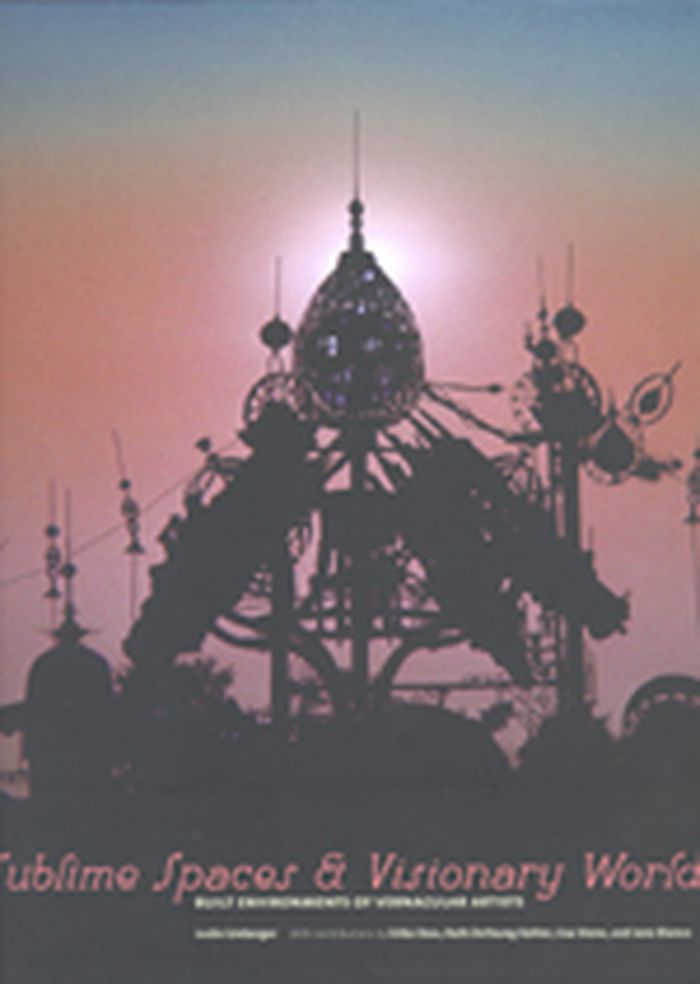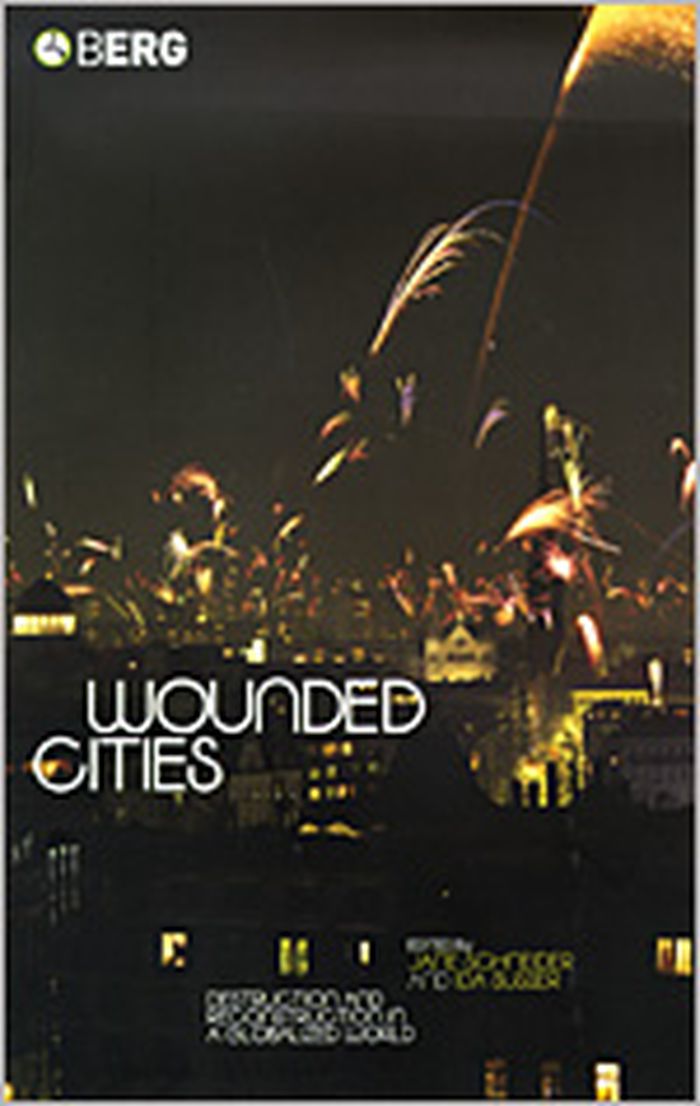$78.00
(available to order)
Summary:
The need to personalize our surroundings is a defining human characteristic. For some this need becomes a compulsion to transform their personal surroundings into works of art. The John Michael Kohler Arts Center in Sheboygan, Wisconsin, has undertaken the mission to preserve these environments, which are presented for the first time in Sublime Spaces and Visionary(...)
Architecture since 1900, Europe
November 2007, New York
Sublime spaces & visionary worlds : Built environments of vernacular artists
Actions:
Price:
$78.00
(available to order)
Summary:
The need to personalize our surroundings is a defining human characteristic. For some this need becomes a compulsion to transform their personal surroundings into works of art. The John Michael Kohler Arts Center in Sheboygan, Wisconsin, has undertaken the mission to preserve these environments, which are presented for the first time in Sublime Spaces and Visionary Worlds. This colorful and inspiring book features the work of twenty-two vernacular artists whose locales, personal histories, and reasons for art-making vary widely but who all share a powerful connection to home-as-art environments. Featured projects range from art environments that remain intact, such as Simon Rodia’s Watts Towers in California, to sites lost over the years such as Emery Blagdon’s six hundred elaborate "Healing Machines," made of copper, aluminum, tinfoil, magnets, ribbons, farm machinery parts, painted light bulbs, beads, coffee can lids, and more. Sublime Spaces and Visionary Worlds is the first book to explore these spectacularly offbeat spaces in detail. From the "Original Rhinestone Cowboy" Loy Bowlin’s wall-to-wall glitter-and-foil living room to the concrete bestiary of the "witch of Fox Point" Mary Nohl, each artist and project is described in detail through a wealth of visuals and text. Sublime Spaces and Visionary Worlds reminds us that our decorative choices tell the world not just what we like but who we are.
Architecture since 1900, Europe
$37.50
(available to order)
Summary:
Although the seemingly apocalyptic scale of the World Trade Center disaster continues to haunt people across the globe, it is only the most recent example of a city tragically wounded. Cities are, in fact, perpetually caught up in cycles of degeneration and renewal. As with the WTC, from time to time these cycles are severely ruptured by a sudden, unpredictable event.(...)
Wounded cities : destruction and reconstruction in a globalized world
Actions:
Price:
$37.50
(available to order)
Summary:
Although the seemingly apocalyptic scale of the World Trade Center disaster continues to haunt people across the globe, it is only the most recent example of a city tragically wounded. Cities are, in fact, perpetually caught up in cycles of degeneration and renewal. As with the WTC, from time to time these cycles are severely ruptured by a sudden, unpredictable event. In the wake of recent terrorist activities, this timely book explores how urban populations are affected by "wounds" inflicted through violence, civil wars, overbuilding, drug trafficking, and the collapse of infrastructures, as well as "natural" disasters such as earthquakes. Mexico City, New York, Beirut, Belfast, Bangkok and Baghdad are just a few examples of cities riddled with problems that undermine, on a daily basis, the quality of urban life. What does it mean for urban dwellers when the infrastructure of a city collapses – transport, communication grids, heat, light, roads, water, and sanitation? What are the effects of foreign investment and huge construction projects on urban populations and how does this change the "look" and character of a city? How does drug trafficking intersect with class, race, and gender, and what impact does it have on vulnerable urban communities? How do political corruption and mafia networks distort the built environment? Drawing on in-depth case studies from across the globe, this book answers these intriguing questions through its rigorous consideration of changing global and national contexts, social movements, and corrosive urban events. Adopting a "grass roots up" approach, it places emphasis on people’s experiences of uneven development and inequality, their engagement with memory in the face of continual change, and the relevance of political activism to bettering their lives. It is especially attentive to the historical interaction of particular cities with wider political and economic forces, as these interactions have shaped local governance over time. Imagining each city as a "body politic", the authors consider its capacity both to mediate local conflict and to broach the healing of wounds.
Urban Theory

